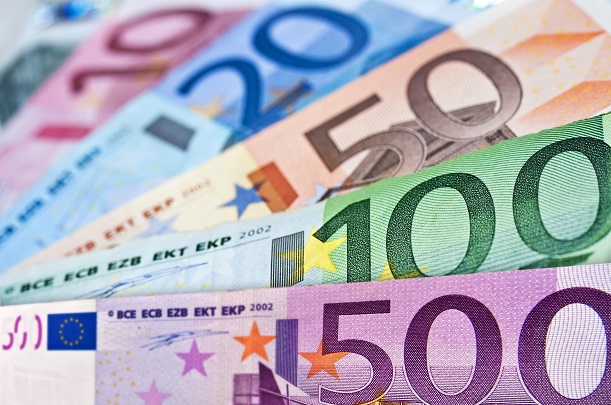Ericsson’s CEO says he expects the situation to improve towards the end of this year and in 2024
Earnings reports from two of the largest telecoms equipment makers show they are hard hit by operators cutting back or postponing investment in their networks and reducing inventory.
The latter is not a big surprise as, due to supply chain issues caused by geopolitical tensions and COVID, operators had been stockpiling inventory. Now they are reversing the practice in the more challenging economic climate, using up stock instead of placing new orders.
Nokia revises annual forecast
Nokia reduced its annual sales forecast to between €23.2 billion and €24.6 billion for this year, from the €24.6 billion to €26.2 billion it had forecast earlier for its network infrastructure and mobile networks units.
It also reduced its projected profit margin from a maximum of 14% to 13%, but its lower end of the range, at 11.5%, remained the same. Nokia said it had been “proactively managing costs to protect profitability” and would “continue to take measures to ensure it remains on track towards its long-term targets of growing faster than the market”.
Ericsson’s profits fall 62%
Ericsson reported a 62% fall in profits for the quarter that ended at the close of June, a little above market expectations. It said the decline was caused principally by a 42% drop in comparable sales year-on-year in North America, its biggest market. Ericsson’s shares have dropped about 14% since January.
Ericsson’s second-quarter revenues were SEK 64.4 billion Swedish krona (€5.6 billion), a little above the same period last year. However, as telecomtv.com points out, taking into account currency exchange rates and income from its acquisition of Vonage, the underlying figures show a drop of 9%, with its main Networks division seeing a fall in organic sales of 13%.
On a brighter note, growth of sales in India, which is in the throes of building out 5G, somewhat offset falling demand elsewhere.
Ericsson’s CEO, Börje Ekholm, said he expected “a gradual recovery” in the market towards late 2023 and an improvement in 2024.



